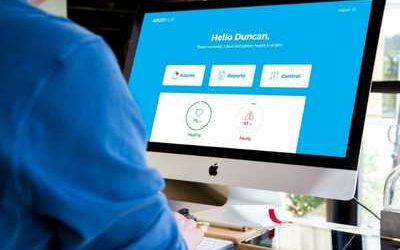DALI-2 device certification
News this week of the certification of 1000th DALI-2 product, has been welcomed by leading building controls and networks integration company, Abtec BT.
Confirmed by The Digital Illumination Interface Alliance (DiiA®), the open, global consortium of lighting companies that aims to grow the market for lighting-control solutions based on Digital Addressable Lighting Interface (DALI®) technology, the news offers proof of the growing demand for the DALI-2 Protocol.
Launched three years ago, DALI-2 protocol has established itself very quickly as one of the most popular lighting control platforms on the market.
DALI-2 certification involves rigorous testing and independent verification of test results, which gives confidence in cross-vendor product interoperability. Users and supporters of the technology – including Abtec BT – believe that this significant milestone offers proof of the widespread demand for DALI-2 in the lighting control market, as well as belief in its importance to the sector.
Dave Watkins, Director of Abtec BT sees DALI -2 enabled products as a game-changer in the built environment sector. “We have used DALI certified technology successfully on projects for many years. There is no doubt, however, that DALI-2 gives us a wider choice of products as well as more features and increased testing in comparison with first generation DALI products. We predict that the number of certifications will continue to rise as new tech such as Bluetooth and features come on line – and we look forward to using it to its full potential.”
Commenting on the milestone, Paul Drosihn, general manager at DiiA said: ‘The very rapid growth in certification of DALI-2 lighting control products shows no sign of slowing. The progress we’ve seen to date reflects the advocacy shown by the global lighting industry.’
In addition to LED drivers and other control gear, the list of certified DALI-2 products includes application controllers (devices that make decisions and send commands), bus power supplies, and input devices, which provide user-derived and environmental information to the lighting-control system.




